Publisher Partnerships Transform Amateur Tournament Landscape
Analysis of how major game publishers are collaborating with grassroots tournament organizers to create pathways from amateur to professional competition.
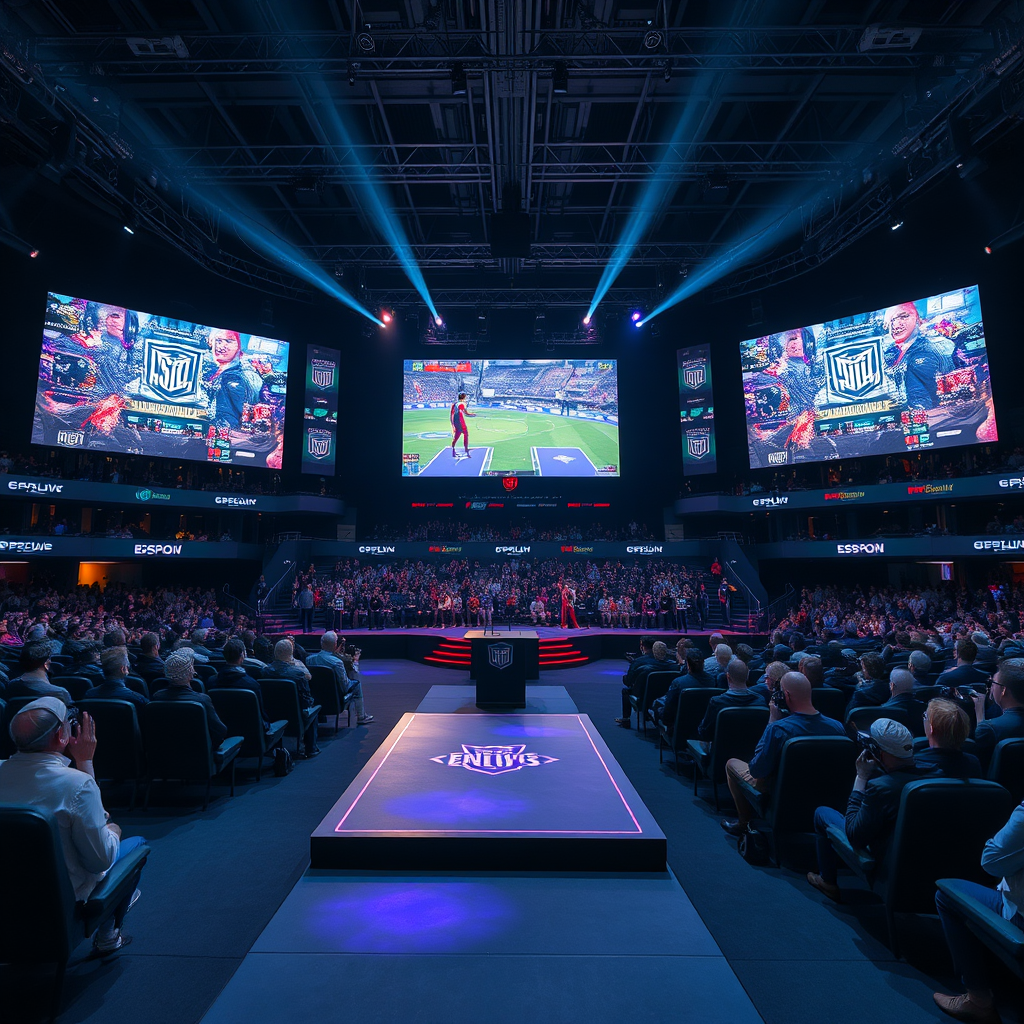
The Evolution of Publisher-Community Collaboration
The competitive gaming landscape is experiencing a fundamental shift as major game publishers recognize the untapped potential within amateur tournament circuits. What was once a clear divide between grassroots organizers and corporate entities has evolved into a collaborative ecosystem that benefits players at every skill level.
Publishers like , Riot Games, and Blizzard Entertainment are no longer content to simply observe the amateur scene from afar. Instead, they're actively investing in platforms and partnerships that create seamless pathways from local competitions to professional leagues. This transformation is reshaping how we think about talent development and competitive gaming accessibility.
Key Partnership Models Emerging
- Direct Sponsorship Programs: Publishers providing financial support and in-game rewards for community tournaments
- Platform Integration: Official tournament tools and APIs made available to grassroots organizers
- Talent Pipeline Initiatives: Structured pathways connecting amateur winners to semi-professional opportunities
- Educational Partnerships: Training programs for tournament organizers and aspiring professionals
Democratizing Competitive Gaming Opportunities
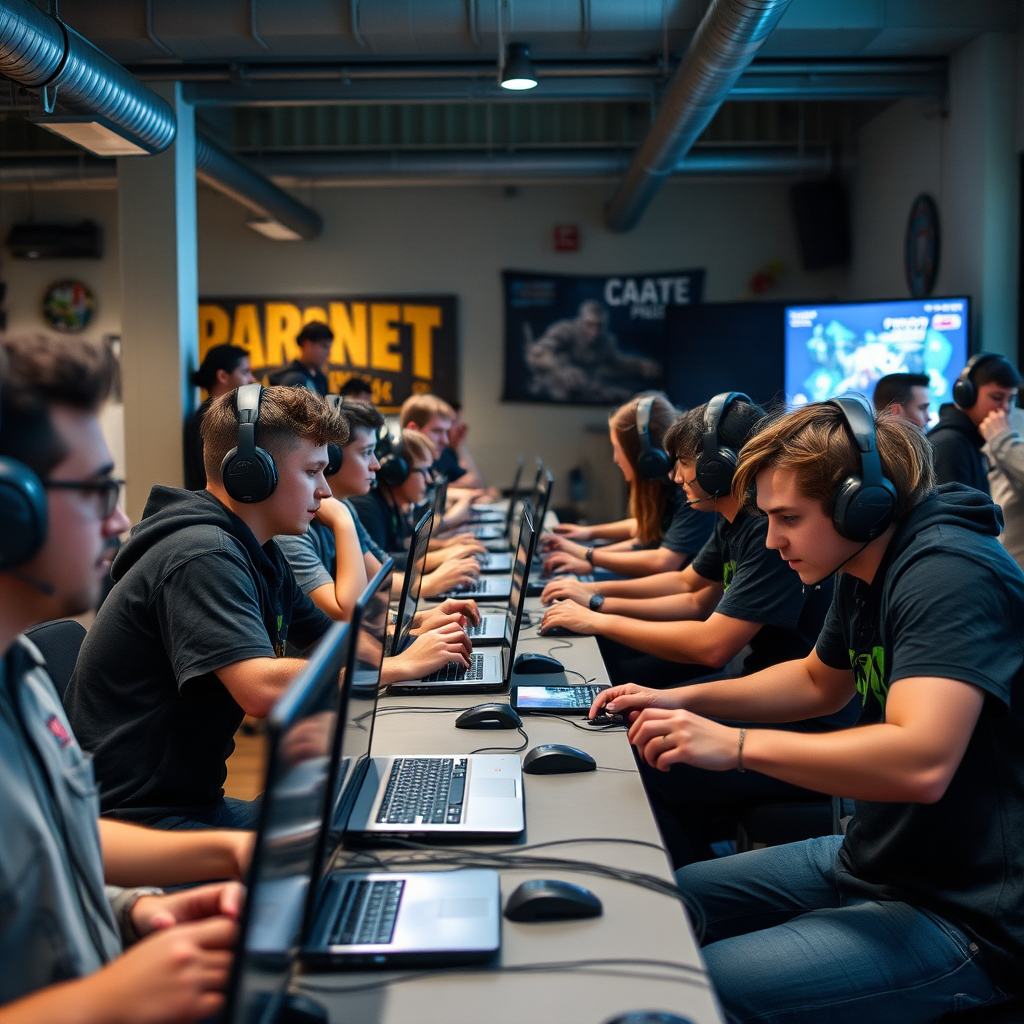
The democratization of competitive gaming is perhaps the most significant outcome of these publisher partnerships. Previously, amateur players faced significant barriers to entry, from lack of proper tournament infrastructure to limited visibility for their achievements.
Today's partnership models are breaking down these barriers by providing amateur organizers with professional-grade tools and resources. Platforms similar to FACEIT are becoming more accessible to smaller communities, enabling them to host high-quality tournaments with proper anti-cheat systems, skill-based matchmaking, and comprehensive statistics tracking.
This shift is particularly impactful for underrepresented demographics in competitive gaming. Publishers are actively supporting initiatives that promote diversity and inclusion, funding tournaments specifically designed to welcome players from different backgrounds and skill levels.
New Sponsorship Models and Revenue Streams
Traditional sponsorship models in esports have typically focused on top-tier professional teams and major tournaments. However, the new partnership approach recognizes the value in supporting the entire competitive ecosystem, from amateur leagues to semi-professional circuits.
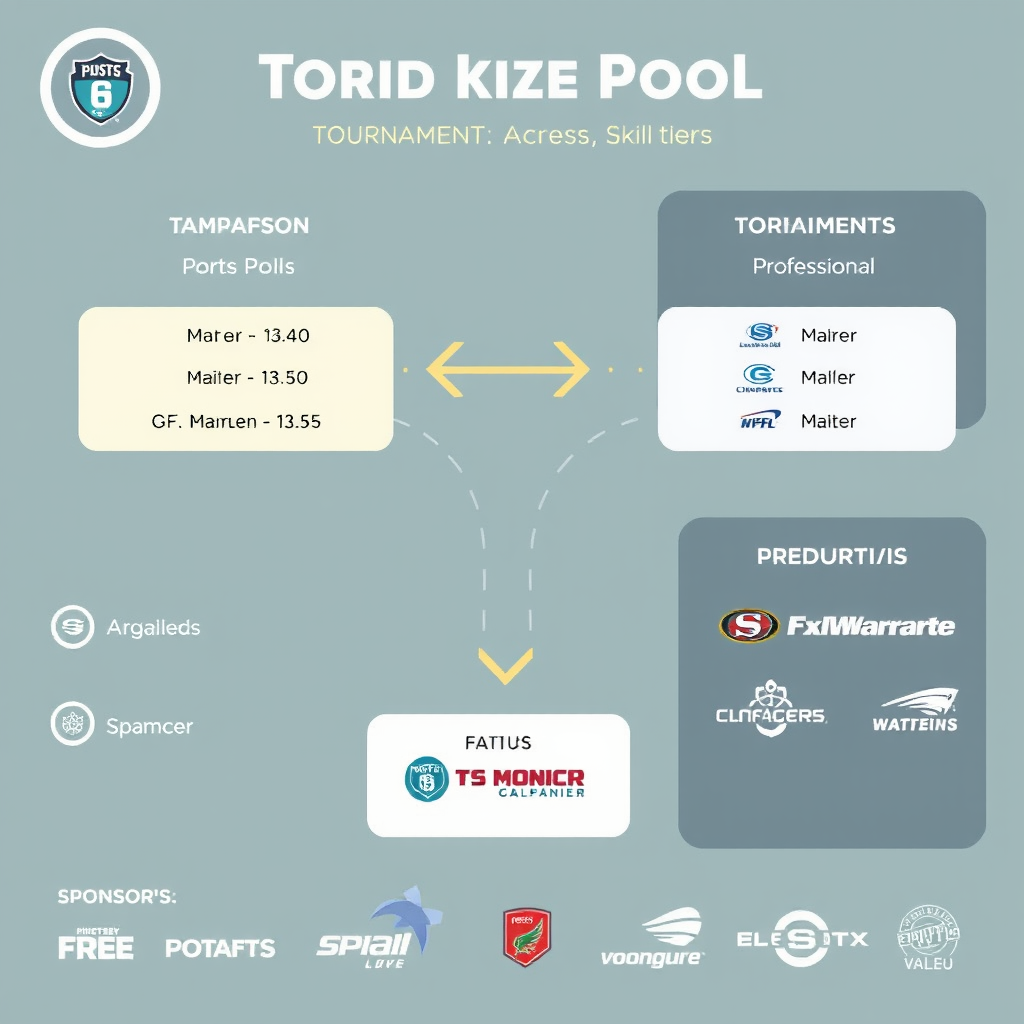
Publishers are experimenting with innovative revenue-sharing models that benefit both organizers and participants. These include:
- Tiered prize pools that scale with tournament participation and viewership
- In-game cosmetic rewards and exclusive content for tournament participants
- Revenue sharing from tournament broadcasts and content creation
- Long-term partnership agreements that provide stability for grassroots organizers
These models create sustainable ecosystems where amateur tournaments can thrive financially while providing meaningful rewards to participants, regardless of their skill level.
Talent Development Programs: Building Tomorrow's Professionals
One of the most exciting aspects of these publisher partnerships is the focus on structured talent development. Rather than leaving player progression to chance, publishers are creating clear pathways that guide promising amateur players toward professional opportunities.
These programs typically include mentorship opportunities, where current professional players and coaches work directly with emerging talent. Additionally, publishers are investing in educational content that covers not just gameplay improvement, but also the business side of competitive gaming, including streaming, content creation, and personal branding.
The integration with platforms that offer competitive matchmaking services allows for more accurate skill assessment and progression tracking. Players can now see clear metrics showing their improvement over time and understand exactly what skills they need to develop to reach the next level.
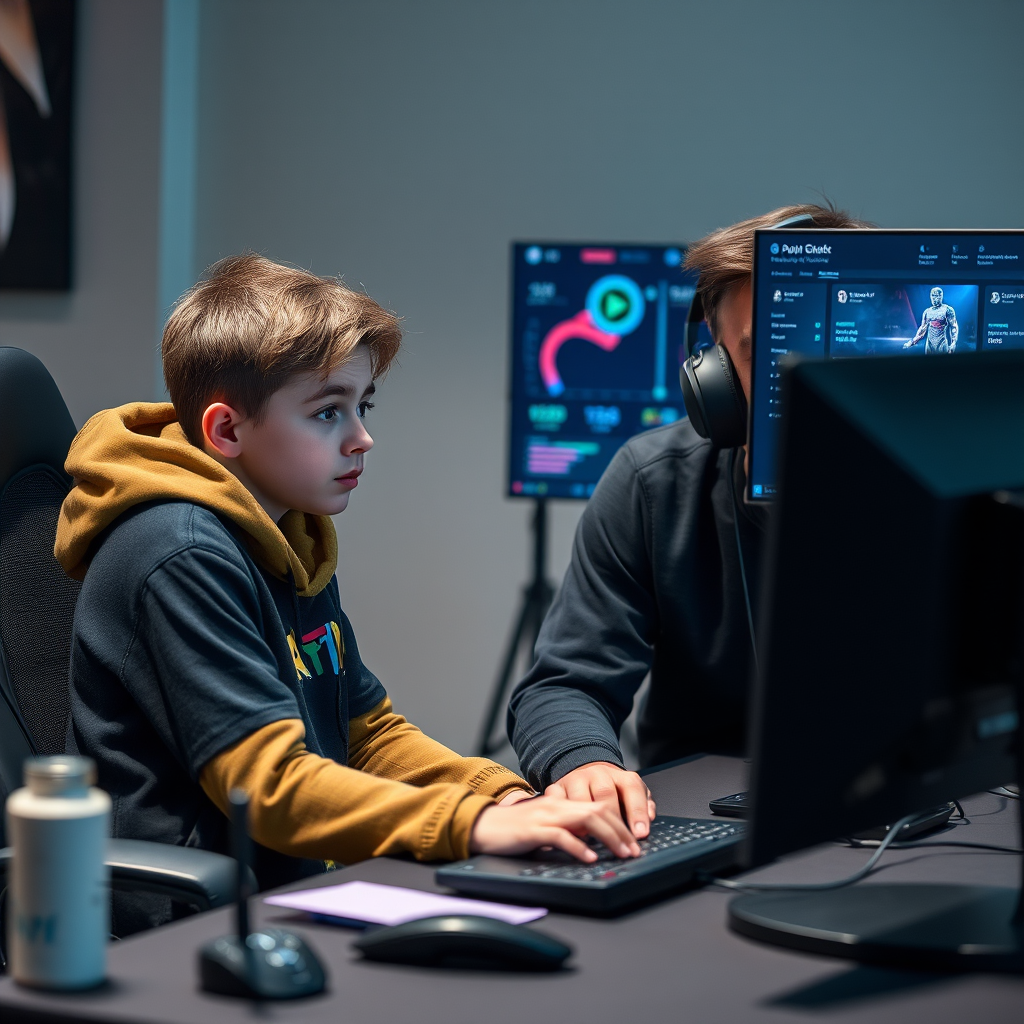
Impact on Different Skill Levels and Demographics
The transformation of the amateur tournament landscape is having profound effects across all skill levels and demographic groups. For casual players, these partnerships have created more opportunities to experience competitive gaming in a structured, fair environment without the pressure of professional-level competition.
Intermediate players benefit from improved matchmaking systems and more frequent tournament opportunities. The increased frequency and quality of amateur tournaments means these players can gain valuable competitive experience more regularly, accelerating their skill development.
Demographic Impact Highlights
Women in Gaming
Dedicated tournaments and safe spaces for female competitors, with publisher-backed anti-harassment initiatives.
Regional Communities
Support for tournaments in underserved regions, with localized prize pools and culturally relevant content.
Age-Diverse Competition
Age-bracketed tournaments that allow players of all ages to compete against peers.
Accessibility Initiatives
Adaptive tournament formats and assistive technology support for players with disabilities.
Technology Integration and Platform Evolution
The technical infrastructure supporting these publisher partnerships represents a significant advancement in competitive gaming technology. Modern tournament platforms now offer sophisticated features that were previously available only to major esports organizations.
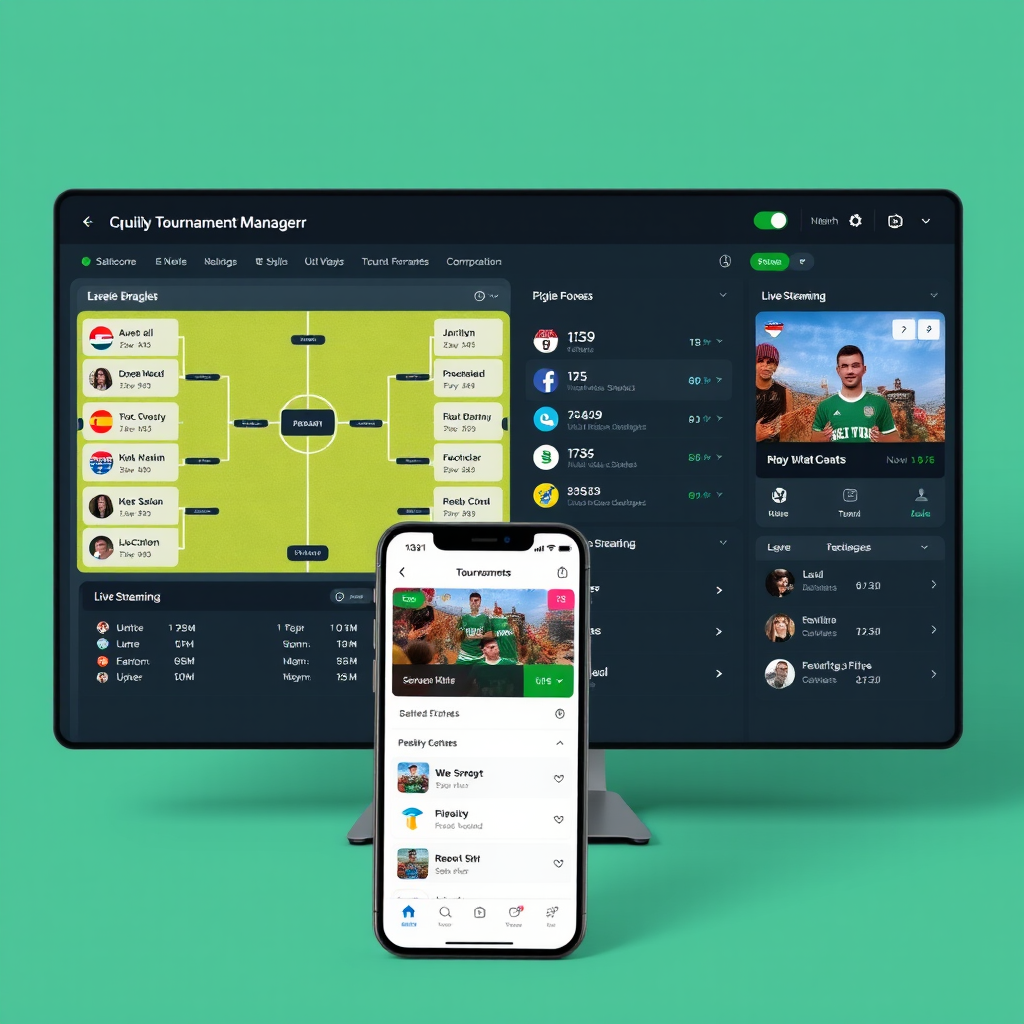
These technological improvements include real-time match analysis, automated tournament bracket management, integrated streaming capabilities, and comprehensive player statistics tracking. The result is a more professional experience for both organizers and participants, regardless of the tournament's scale or budget.
Cloud-based solutions have made it possible for small tournament organizers to access enterprise-level features without significant upfront investment. This technological democratization is a key factor in the rapid growth of amateur competitive gaming.
Looking Forward: The Future of Competitive Gaming
As we look toward the future, the partnership model between publishers and grassroots organizers appears to be just the beginning of a larger transformation in competitive gaming. The success of these initiatives is likely to inspire even more innovative approaches to talent development and community engagement.
We can expect to see continued investment in educational programs, more sophisticated matchmaking systems, and even greater integration between amateur and professional circuits. The ultimate goal is creating a competitive gaming ecosystem where talent can emerge from anywhere and have a clear path to success.
The transformation of the amateur tournament landscape through publisher partnerships represents more than just a business strategy—it's a fundamental shift toward a more inclusive, accessible, and sustainable competitive gaming future. As these partnerships continue to evolve, they promise to unlock the potential of countless players who might otherwise never have had the opportunity to compete at their highest level.